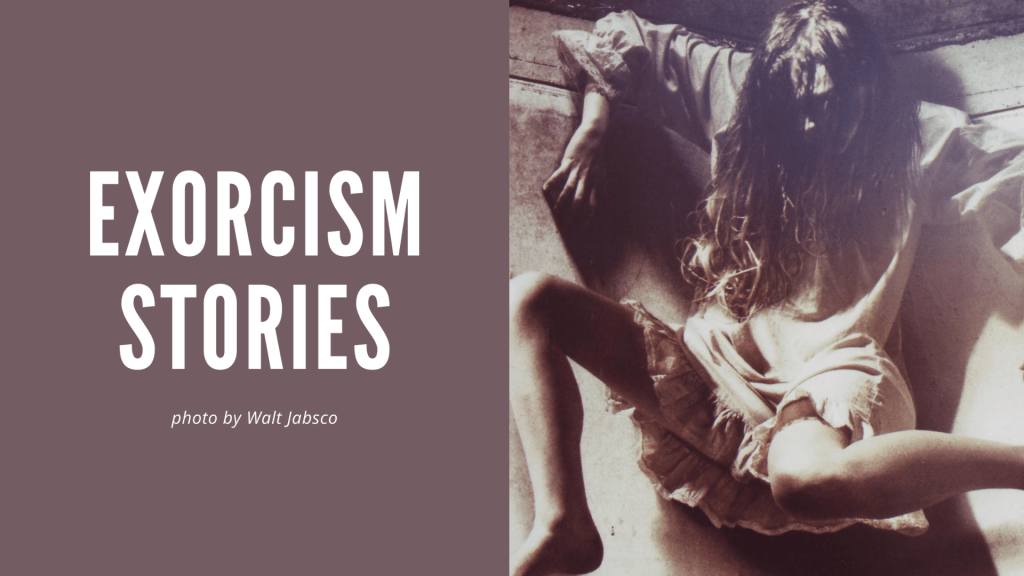
Stories about exorcisms say a lot about the cultures that tell them. Dr. Joseph Laycock (associate professor of philosophy) analyzes the case of a famous exorcism in the book The Social Scientific Study of Exorcism in Christianity in a chapter entitled “The Secret History of the ‘Earling Exorcism’.”
In particular, the chapter analyzes the exorcism of demons possessing a woman alternately called Anna, Emma, and Mary in different accounts. Retellings of this exorcism, which took place in the fall of 1928, have inspired fictional portrayals of exorcisms. “The case was studied by William Peter Blatty in his research for his novel The Exorcist, and many of the famous tropes popularized in the film adaptation of Blatty’s novel (levitation, uncanny projectile vomiting, and a young woman physically restrained on a bed) have their genesis in accounts of this event,” Laycock writes.
Most researchers interested in the story use one source text sanctioned by the Catholic church, but Laycock examines an account in an alternative source that the church did not promote. “The pamphlet is based on [an account from the monk who performed the excorcism] written in German,” writes Laycock. In this account, the woman’s exorcisms did not end in 1928; they continued into 1934, and “Mary was not merely being possessed by demons – she was receiving frequent messages from ‘heavenly visitors’ that included Mary, Jesus, the archangel Michael, and numerous other angels and saints.”
Overall, Laycock’s chapter shows how politics and subjectivities inform how we think of exorcisms. Writes Laycock, “These two accounts demonstrate the political interests at stake in the rush to narrativize the significance of Mary’s experiences.”
